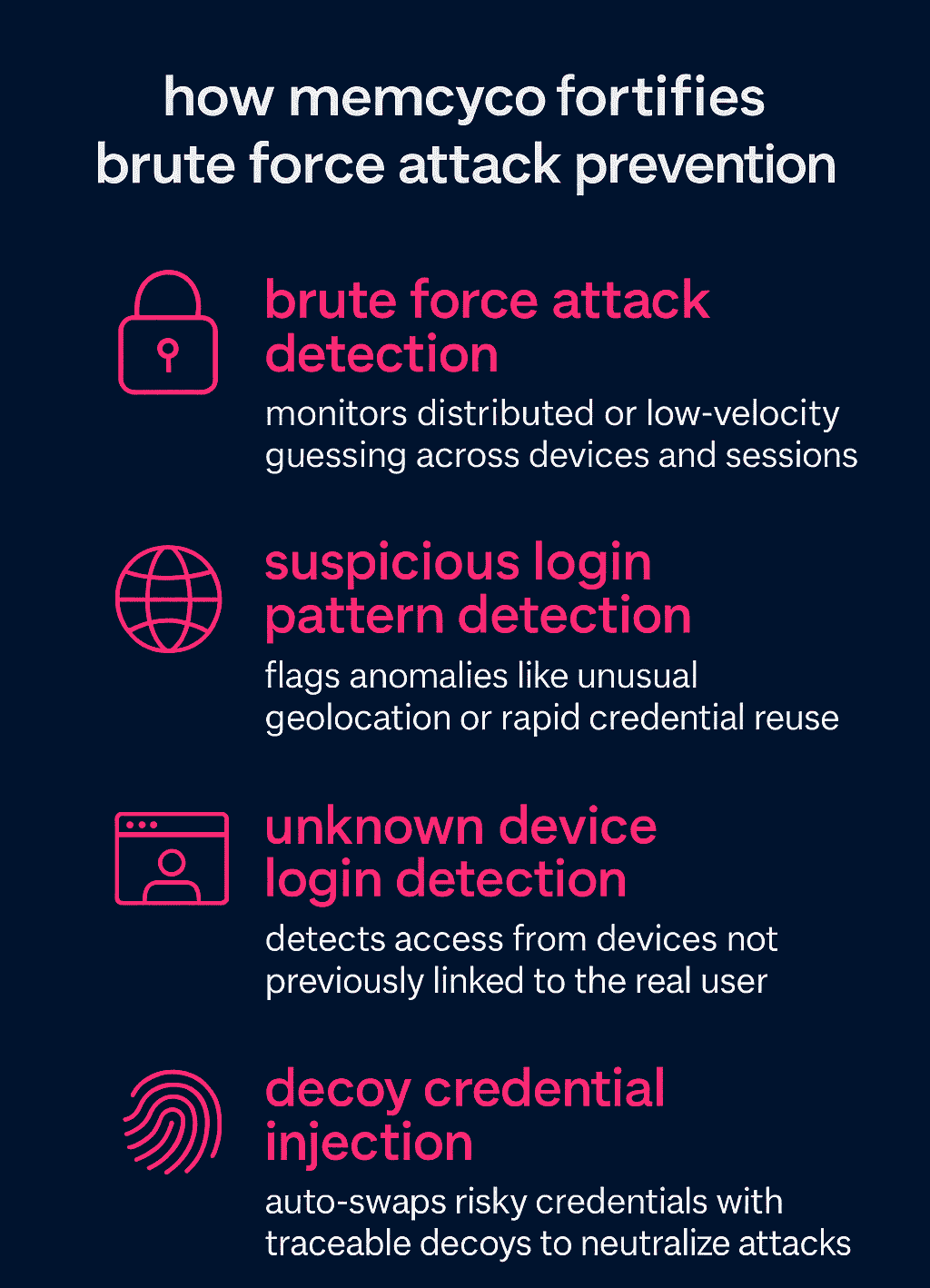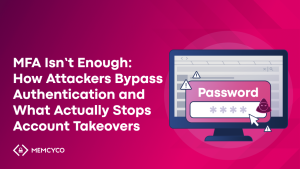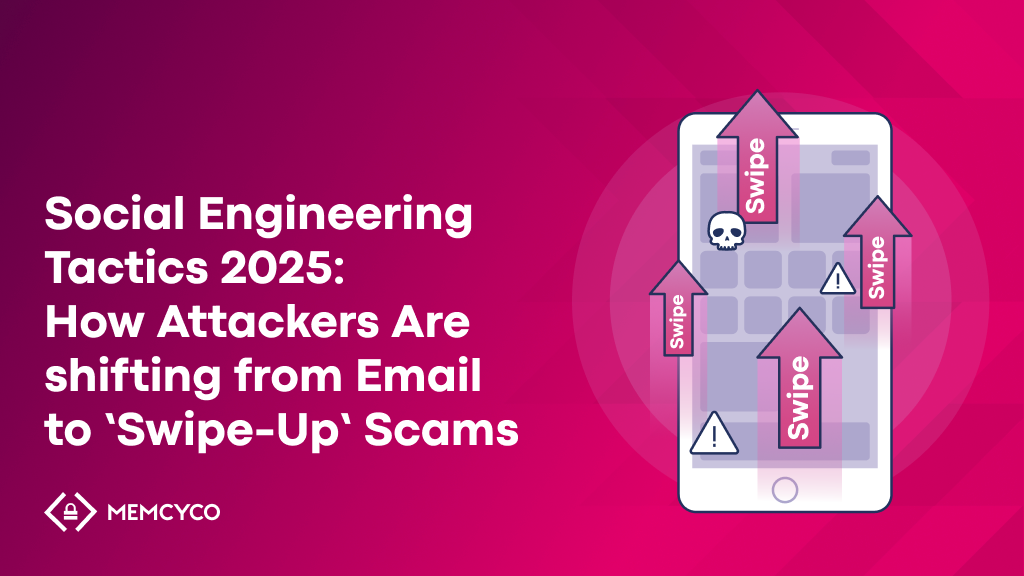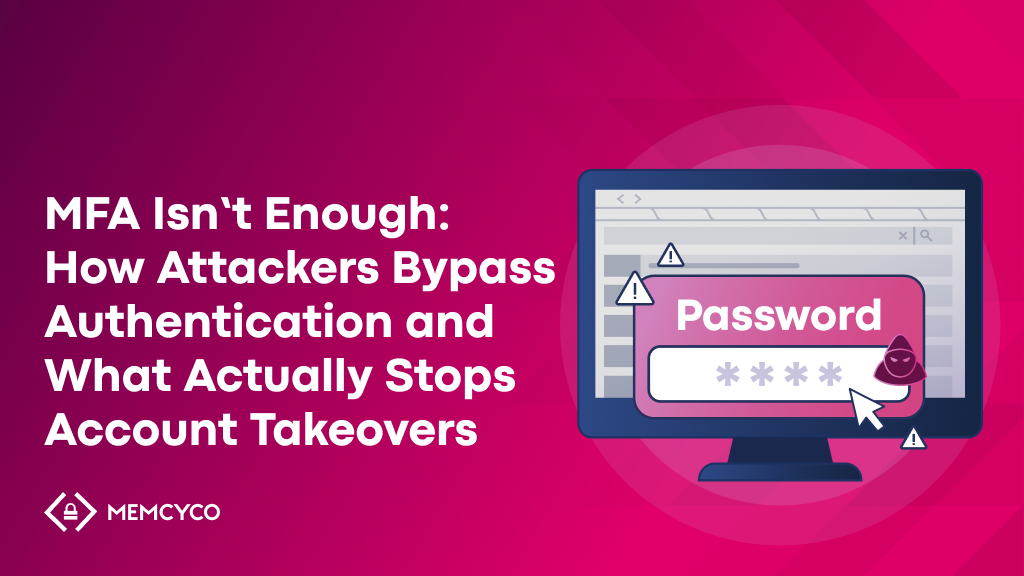A brute force attack is a method cybercriminals use to guess login credentials through repeated attempts until one works. It’s a simple idea that’s evolved into one of the most persistent enablers of account takeover (ATO). According to the 2024 Verizon Data Breach Investigations Report, brute force and credential-stuffing techniques accounted for nearly 70% of all password-related breaches that year, underscoring how these attacks remain a dominant entry point for ATO. While controls like rate limiting and CAPTCHA still serve as baseline hygiene, modern brute-force techniques easily outmaneuver them, leaving enterprises exposed to large-scale, distributed attacks that can escalate into full account compromise.
What Is a Brute Force Attack?
A brute force attack is a trial-and-error method where attackers attempt many username-password combinations to gain unauthorized access to an account. Unlike targeted phishing, brute force focuses on volume and automation rather than deception.
Common types include:
- Classic brute force: High-volume password guessing on a single account
- Dictionary attack: Attempts using words or common password lists
- Password spray: Low-velocity login attempts across many accounts using a few common passwords
- Hybrid attacks: Mixes dictionary lists with pattern variations or known password fragments
While older brute-force attempts were easy to detect through spikes in failed logins, attackers now distribute attempts across botnets and networks of residential IPs. The result is that login failures appear statistically normal, making server-side rate limiting alone ineffective.
Related reading: 8 Ways to Combat Credential Stuffing and Brute Force Attacks
Why Rate Limiting Isn’t Enough
Rate limiting was designed for an earlier era when attacks came from one device, one IP, and one user at a time. Modern brute-force campaigns are distributed, adaptive, and often credential-reuse-based, which changes the equation entirely.
Here’s why traditional countermeasures fall short:
- IP rotation and botnets dilute detection.
Attackers use thousands of unique IPs or proxy chains to spread requests, bypassing fixed thresholds. - Low-velocity campaigns evade volume-based triggers.
Password spray attacks attempt logins slowly, staying below the limit that would trigger a block. - CAPTCHAs no longer guarantee human validation.
Automation frameworks like Puppeteer and paid CAPTCHA-solver services can bypass them at scale. - Credential reuse masks malicious intent.
Attackers validate credentials obtained elsewhere, producing “legitimate” login attempts from normal devices.
Rate limiting still reduces noise from simple bots, but it cannot differentiate between a legitimate user and a distributed, context-aware attacker. That requires a different layer of detection.

How to Prevent Brute Force Attacks Effectively
Brute force prevention today requires shifting from reactive blocking to contextual detection, focusing on who, where, and how a login attempt occurs. Security teams and fraud teams should combine multiple detection layers to reveal patterns that static thresholds miss.
Here’s a step-by-step approach:
- Strengthen authentication flow
Enforce password complexity, implement adaptive MFA and reinforce MFA with advanced device fingerprinting, and protect APIs and legacy endpoints equally. - Monitor login attempts and device context
Establish baseline patterns for legitimate login attempts. Track time-of-day access, geolocation, and device consistency to flag anomalies during authentication. - Detect low-velocity and distributed attack patterns
Use telemetry to correlate dispersed login attempts that share subtle commonalities, such as identical headers, timing, or credential structures. - Identify credential reuse attempts
Detect when the same credential pair appears across multiple unrelated devices or sessions, signaling a validation campaign in progress. - Employ decoy credentials to detect harvesters
Deploy decoy credentials that replace at-risk credentials entered on fake sites and login forms. - Prioritize real-time detection at authentication
Telemetry captured at the authentication step provides real-time insight into risky login attempts before requests are processed server side, closing the gap between external threat intelligence and in-session activity.
This combination transforms prevention from static defense into real-time ATO awareness.
Related reading: How CISOs Apply Zero Trust Thinking to Credential Harvesting Prevention
Brute Force vs Credential Stuffing: What’s the Difference?
Although both techniques aim to breach accounts, their mechanics differ:
| Aspect | Brute Force Attack | Credential Stuffing Attack |
| Method | Repeated guessing of passwords without prior knowledge | Reuse of credentials stolen from other sites |
| Speed / Velocity | Often high-volume or distributed low-velocity | Typically low-velocity, high-distribution |
| Goal | Discover any working password | Validate stolen password lists |
| Detection Challenge | Identifying repeated attempts across IPs | Recognizing valid-looking logins from unusual devices |
| Link to ATO | May directly compromise accounts | Confirms valid credentials for later takeover |
| Typical Tools Used | Automated password-testing utilities and scripts | Credential validation frameworks and reused breach data |
| Primary Indicators of Compromise (IOC) | High ratio of failed logins from few devices | Valid logins from new or untrusted devices with reused credentials |
Both ultimately serve account takeover objectives. The key difference is data source: brute force generates guesses, while credential stuffing tests known credentials. Modern attackers blend both, switching tactics mid-campaign to evade detection.
Understanding that overlap is essential to building a unified ATO defense strategy.
Related reading: How Browser-Level Signals Prevent Credential Stuffing
Strengthening Brute Force Protection with Real-Time ATO Defense
To move beyond reactive defenses, enterprises need visibility that extends to the login attempt itself, before credentials are accepted or denied.
Memcyco’s approach focuses on this pre-login detection layer, providing real-time signals that indicate potential brute-force or credential-reuse behavior:
- Brute Force Attack Detection: Monitors distributed or low-velocity guessing patterns across devices and sessions
- Suspicious Login Pattern Detection: Flags anomalies such as unusual geolocation combinations or rapid credential reuse
- Unknown Device Login Detection: Identifies logins from devices not previously associated with legitimate users
- Decoy Credential Injection: auto-swaps at-risk credentials entered on fake login forms with traceable decoy credentials, rendering stolen credentials useless, while exposing and locking out attackers when decoy credentials are used in ATO attempts.
These capabilities don’t replace rate limiting, they complement it by adding behavioral, device, and contextual awareness.
By analyzing telemetry collected during login attempts, Memcyco detects coordinated brute-force activity even when each individual login attempt appears benign.
This preemptive, real-time model model gives SOC, fraud, and digital teams the insight they need to respond before an ATO occurs, without adding friction for legitimate users.
Related reading:
Key Takeaway: Stop Defending Against Yesterday’s Brute-force Tactics
Modern attacks don’t flood your servers, they blend in with legitimate traffic. To protect your users now, your strategy must evolve from static blocking to real-time, contextual detection at the point of login.
FAQs
- What is a brute force attack and how does it work?
A brute force attack systematically tries many possible passwords until one succeeds. Attackers automate this process using scripts or botnets, distributing attempts across multiple IPs to stay under detection thresholds. - How can businesses prevent brute force and password spray attacks?
Combine baseline controls like rate limiting with anomaly detection during authentication, device analytics, and decoy credential traps. This hybrid approach detects coordinated attempts that static limits miss. - Why is rate limiting not effective against modern brute force attacks?
Because attackers use distributed infrastructure and low-velocity tactics that never exceed defined thresholds. Rate limiting helps, but it cannot assess session context or intent. - What’s the difference between brute force and credential stuffing?
Brute force attacks generate guesses, while credential stuffing reuses stolen credentials. Both can lead to account takeover but require different detection strategies. - How does Memcyco help detect brute force attempts before account takeover occurs?
Memcyco detects suspicious login behavior in real time by analyzing browser-level signals and device patterns during the login attempt, exposing low-velocity or repeated credential guessing before access is granted.



















